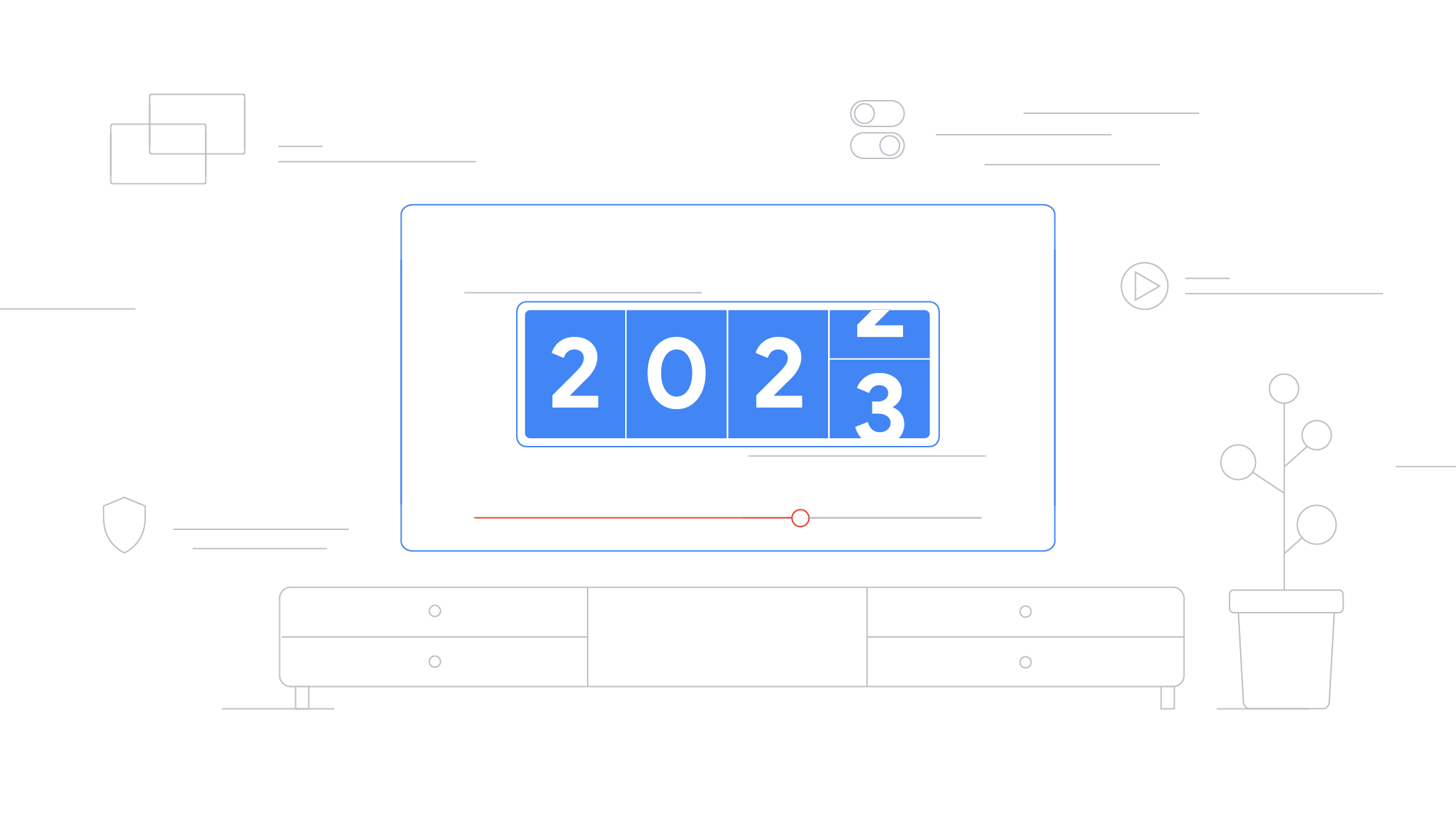How our display buying platforms share revenue with publishers
In this post, we explain how Google’s display advertising business works when advertisers and publishers choose to use our buy-side and sell-side services. Separately, we also looked at how top news publishers monetize their content using Google Ad Manager.
Over the years, we’ve continued to invest in our advertising technology to deliver products that help publishers and advertisers sell and buy display ads online. The products we’ve built have helped the digital advertising market grow and keep the internet open and free to everyone.
Across the ad tech industry, thousands of companies work together to show digital ads across the web. Here’s a look at how display advertising works and how ads flow from buyers to sellers every day.

Recently, some have estimated that as much as half of the revenue from display advertising is kept by the advertising technology providers themselves. We can't speak for the many other companies in this space, but that is not the case for Google.
Even when ads flow through both our buy-side and sell-side services, publishers receive most of the revenue. In fact in 2019, when marketers used Google Ads or Display & Video 360 to buy display ads on Google Ad Manager, publishers kept over 69 percent of the revenue generated. And when publishers use our Ad Manager platform to sell ads directly to advertisers, they keep even more of the revenue.
A large portion of the revenue we keep from our display advertising products goes to defray the costs of running a complex and evolving business, including building and maintaining state-of-the-art data centers, investing in cutting-edge computer science research to identify the most useful and relevant ads, and enabling innovations that increase publisher revenue, maximize advertiser return on investment, and keep the web free and open for everyone.
To help illustrate how our ad tech solutions work, below are two of the most common ways advertisers buy ads using our services.
Display advertising purchased with Google Ads
Every day, millions of advertisers, including many small to emerging businesses, use our Google Ads product to buy search ads, ads that appear on YouTube, and display ads that appear on non-Google websites and apps. Advertisers that choose this platform do so because it makes the process of buying digital advertising easy and effective.
When advertisers use Google Ads to buy display ads, the vast majority only pay Google when a user takes an action after seeing their ad, such as clicking on the ad, filling out a form or making a purchase. Though Google only charges these advertisers when a user takes an action, we always pay publishers for their ad space sold via Ad Manager. To enable this dynamic, our technology evaluates every impression and converts the advertisers’ business objectives to cost-per-mille (CPM) bids in advertising auctions to buy publisher ad inventory. By taking on the risk of showing ads to users—regardless of whether the user takes the action the advertiser wants—Google Ads helps buyers and sellers more efficiently pay and earn in ways that best suit their businesses.
In 2019, publishers using Ad Manager kept over 69 percent of the total amount advertisers paid when using Google Ads to buy their display inventory. Because Google Ads does not charge advertisers for most impressions, it does not have a fixed per-impression fee. Instead, Google’s share of revenue varies over time based on various factors, including the advertisers’ specified objectives, the types of display ads they choose to run and how users respond to them.

Display advertising purchased with Display & Video 360
Google also works with large brands and their agencies to help them execute complex display advertising strategies and campaigns. These advertisers often use our Display & Video 360 enterprise software to reach consumers around the world.
Most advertisers that choose this platform buy digital ads in many different formats, on many different properties—well beyond the publisher websites and apps that use Ad Manager. Using Display & Video 360, these advertisers can buy ads on more than 80 publisher or sell-side platforms including AT&T, Comcast, Index Exchange, OpenX, Rubicon Project, MoPub and others. Our standard rate for advertisers using Display & Video 360 to purchase display ads is 15 percent.
Many publishers choose to use multiple sell-side platforms to sell their programmatic inventory to advertisers. When an advertiser uses Display & Video 360 to buy inventory from a publisher that uses Ad Manager, publishers keep over 69 percent of the total amount advertisers paid.

We invest in our systems to support the open web
Although we don’t know what other companies charge, we’ve shared our pricing to provide clarity into how our display business works. By helping businesses large and small reach customers, we can help publishers fund their content online and contribute to sustaining the ad-supported web for people around the world.
*Figures presented in this post reflect the fees retained by Google and the revenue shares Google pays to publishers, and do not include fees that may be paid to other platforms and services. Amounts are not prepared in accordance with U.S. generally accepted accounting principles (GAAP).



